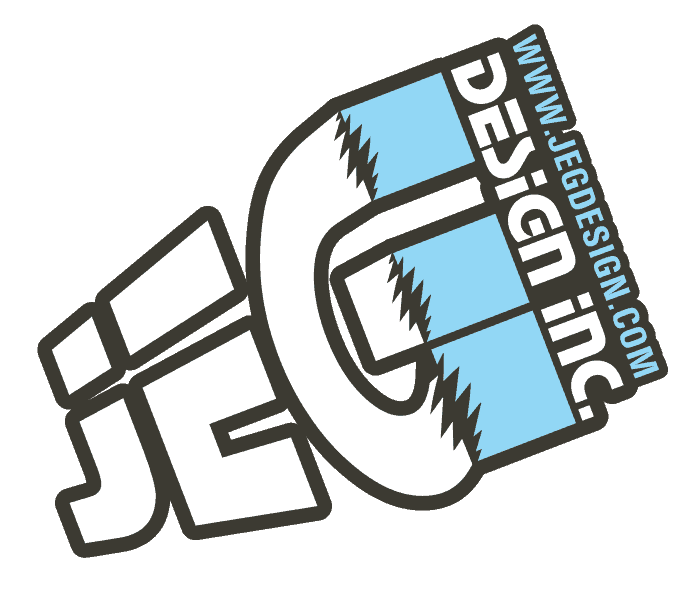In the rapidly evolving digital landscape, keeping up with website design trends is not just a competitive edge, it’s a necessity. As we step into 2025, user expectations are higher than ever, and brands must focus on seamless experiences, faster loading speeds, immersive visuals, and intelligent interactivity.
Whether you’re planning a redesign or building a new site from scratch, this comprehensive guide breaks down the top website design trends in 2025 that businesses simply can’t afford to ignore.
1. AI-Powered Personalization
Personalized web experiences are evolving beyond inserting a user’s name. In 2025, websites are tapping into AI-driven UX to tailor content, layouts, and product recommendations based on user behavior, location, browsing history, and even mood detection.
AI design assistants are also helping developers and designers by suggesting optimal color schemes, layout hierarchies, and content placements in real time, significantly speeding up the creative process.
Why It Matters:
• Enhances user engagement
• Increases conversions by showing relevant content
• Reduces bounce rates through customized journeys
2. Minimalist and Ultra-Clean UI
Modern web design in 2025 is all about less is more. Clean layouts, generous white space, simple navigation, and sharp typography are dominating user interfaces. This trend focuses on usability, clarity, and creating a distraction-free environment for visitors.
Expect to see:
• Monochromatic color schemes with a pop of accent|
• Thin-line icons and micro-animations
• Grid-based layouts that guide the eye naturally
Why It Matters:
• Improves readability and navigation
• Loads faster on mobile and low-bandwidth connections
• Creates a premium, professional brand appearance
3. Immersive Scrolling and Storytelling
Scrolling is no longer just functional, it’s part of the experience. Web design UI/UX in 2025 uses scroll-triggered animations, horizontal scrolls, and dynamic parallax effects to tell a story as users navigate a page.
Designers are embracing scroll hijacking to add narrative layers, allowing websites to present content in a more engaging and cinematic way.
Why It Matters:
• Keeps users engaged for longer
• Enhances the storytelling of your brand or product
• Makes your website feel interactive and cutting-edge
4. Dark Mode and Adaptive Design Themes
Dark mode has graduated from a trendy option to a must-have design feature in 2025. Users are demanding more control over their visual experience, especially as screen time increases.
Websites are offering light/dark toggle switches or even auto theme adaptation based on system preferences or ambient lighting conditions.
Why It Matters:
• Reduces eye strain for users
• Extends battery life on mobile devices
• Adds a sleek, modern aesthetic to any brand
5. Advanced Micro-Interactions
Micro-interactions—those tiny animations triggered by user actions—are more sophisticated in 2025. From button hovers to loading animations and gesture feedback, these subtle cues enhance the user experience without overwhelming the design.
Micro-interactions now include haptic feedback on mobile, sound effects, and visual micro-feedback during checkout or form submission processes.
Why It Matters:
• Increases user satisfaction and engagement
• Provides intuitive feedback on user actions
• Makes digital interactions feel more human and responsive
6. Voice User Interface (VUI) Integration
As voice search and smart assistants grow, VUI is making its way into web design. In 2025, websites are incorporating voice-enabled navigation and AI chatbots that users can interact with vocally.
Businesses are optimizing not only content for voice queries but also web elements for voice command accessibility, making websites more inclusive.
Why It Matters:
• Aligns with increasing voice search behavior
• Enhances accessibility for users with disabilities
• Opens up a hands-free browsing experience
7. 3D Elements and Motion Graphics
The rise of powerful devices and WebGL technology has brought 3D design to the forefront of modern web design in 2025. Sites now incorporate interactive 3D models, product previews, and animated backgrounds to capture attention and encourage exploration.
Unlike past years, 3D is no longer heavy or slow thanks to optimized loading strategies and cloud rendering solutions.
Why It Matters:
• Boosts visual appeal and user interaction
• Ideal for product-based websites and portfolios
• Helps explain complex products or services in a digestible way
8. Sustainability-Focused Design
As awareness of environmental impact grows, digital sustainability is influencing web design trends in 2025. Eco-conscious brands are opting for low-energy, carbon-neutral websites with optimized code, fewer large assets, and more efficient hosting solutions.
Designs are also showcasing their sustainability credentials visually, like dark mode energy savings, low-impact fonts, and clean code practices.
Why It Matters:
• Reduces carbon footprint of websites
• Appeals to environmentally aware consumers
• Improves SEO via faster, cleaner performance
9. Inclusive and Accessible Design
Web accessibility is now more than just a legal checkbox. It’s a design priority. From color contrast improvements to screen reader support and keyboard-friendly navigation, inclusive design ensures everyone can use your site with ease.
Modern web design 2025 goes further with:
• Gender-neutral language
• Dyslexia-friendly fonts
• Real-time accessibility checkers during development
Why It Matters:
• Expands your audience reach
• Improves user trust and brand perception
• Complies with global accessibility standards (like WCAG 2.2)
10. Augmented Reality (AR) Integration
With mobile AR support becoming standard, AR elements are becoming popular in web interfaces especially for eCommerce, fashion, interior design, and real estate.
Visitors can now try on products virtually, preview furniture in their homes, or walk through digital showrooms directly in their browsers.
Why It Matters:
• Increases user engagement and product confidence
• Reduces return rates for eCommerce businesses
• Offers a futuristic, memorable brand experience
Final Thoughts: Staying Ahead with Web Design UI/UX in 2025
The future of web design is not just about looking good, it’s about creating experiences that are fast, personalized, inclusive, and immersive. As trends shift toward AI, accessibility, sustainability, and interactivity, brands must prioritize modern web design 2025 principles to stay competitive.
At JEG DESIGN INC, we specialize in building forward-thinking websites that don’t just follow trends but set new ones. Whether you’re a startup or an enterprise, our team can help you craft a digital presence that’s future-proof.



